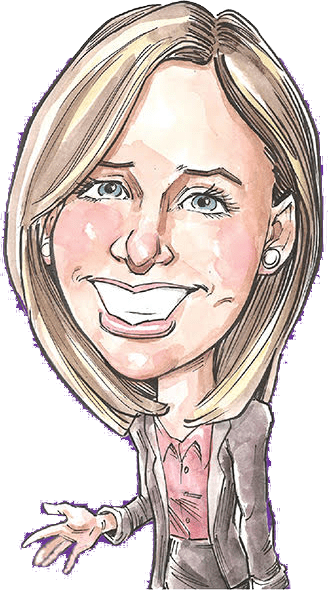Treatment varies greatly depending on the cause and symptoms of the swallowing problem.
Based on the results of the feeding and swallowing evaluation, the SLP or feeding team may recommend any of the following:
- medical intervention (e.g., medicine for reflux)
- direct feeding therapy designed to meet individual needs
- nutritional changes (e.g., different foods, adding calories to food)
- increasing acceptance of new foods or textures
- food temperature and texture changes
- postural or positioning changes (e.g., different seating)
- behavior management techniques
- referral to other professionals, such as a psychologist or dentist
If feeding therapy with an SLP is recommended, the focus on intervention may include the following:
- making the muscles of the mouth stronger
- increasing tongue movement
- improving chewing
- increasing acceptance of different foods and liquids
- improving sucking and/or drinking ability
- coordinating the suck-swallow-breath pattern (for infants)
- altering food textures and liquid thickness to ensure safe swallowing
After the evaluation, family members or caregivers can
- ask questions to understand problems in feeding and swallowing
- make sure they understand the treatment plan
- go to treatment plans
- follow recommended techniques at home and school
- talk with everyone who works with the child about the feeding and swallowing issues and treatment plan
- provide feedback to the SLP or feeding team about what is or is not working at home
The above information can be found at ASHA website at:
http://www.asha.org/public/speech/swallowing/feedswallowchildren.htm
For Pediatric Feeding Therapy in Chicago,
Karen George


